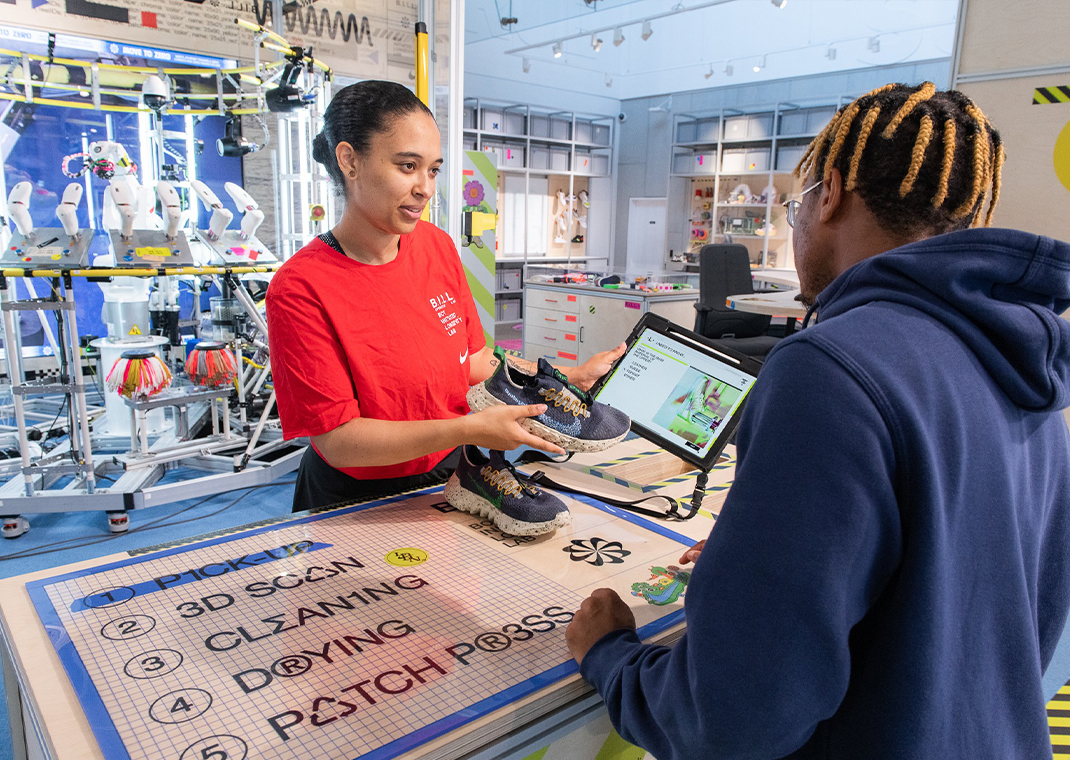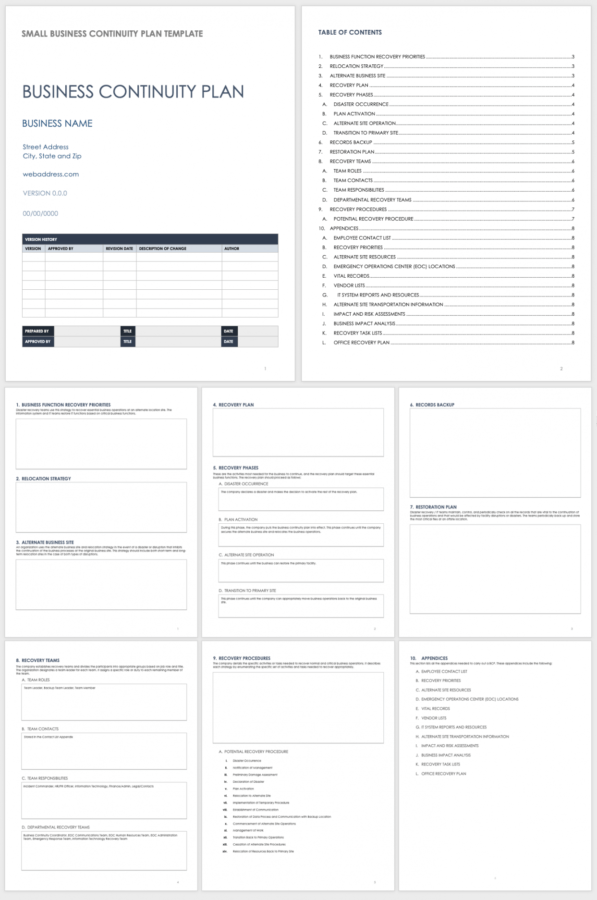Addressing The Challenges Of Robotic Nike Sneaker Manufacturing

Table of Contents
Technological Hurdles in Robotic Sneaker Production
The intricate nature of sneaker design and construction presents a formidable challenge for robotic automation. Programming robots to flawlessly replicate the human dexterity required for shoe assembly is a complex undertaking.
Complexity of Sneaker Design and Assembly: Nike sneakers are renowned for their diverse designs, employing a vast array of materials and construction techniques. This complexity translates to significant hurdles for robotic systems.
- Varying Material Stiffness: Robots need to handle materials ranging from supple leather and breathable mesh to rigid plastics and durable rubber, each requiring different manipulation techniques.
- Delicate Stitching Requirements: Precise stitching is crucial for both aesthetics and durability. Replicating the dexterity and precision of human hands in robotic stitching remains a significant challenge.
- Complex Lacing Systems: The intricacies of various lacing systems pose unique programming challenges for robotic arms.
- Individual Component Variations: Even within a single sneaker model, minor variations in component sizes and shapes can impact assembly processes. Robots need adaptable systems to handle these inconsistencies.
This requires significant advancements in robotic dexterity, material handling, and precision robotics, potentially leveraging adaptive robotics to overcome these inconsistencies. The development of more sophisticated algorithms and sensors is crucial for the successful implementation of robotic solutions.
Investment Costs and Return on Investment (ROI): The high initial investment required for robotic systems is a major deterrent for many manufacturers. The costs encompass not only robot purchase but also integration, specialized programming, and ongoing maintenance.
- Robot Cost: Industrial robots capable of handling the complexities of sneaker assembly can be extremely expensive.
- Integration Costs: Integrating robots into existing production lines requires significant modifications and infrastructure changes.
- Programming Expertise: Highly skilled programmers are needed to develop and maintain the complex software that controls robotic systems.
- Maintenance Contracts: Regular maintenance and repair are essential to minimize downtime and ensure optimal performance.
- Potential Production Increase: The ROI calculation hinges critically on the potential for significant production increases.
- Reduced Labor Costs: Automation can lead to substantial reductions in labor costs over time, contributing positively to the overall ROI.
A thorough cost-benefit analysis, considering both initial investment and long-term operational costs, is crucial for determining the feasibility and profitability of robotic automation in sneaker manufacturing. The payback period will vary greatly depending on production volume and efficiency gains.
Workforce Adaptation and Reskilling
The introduction of robotics into manufacturing inevitably raises concerns about job displacement. Addressing these concerns proactively is essential for a smooth transition.
Impact on Human Workers: The automation of certain tasks may lead to job displacement for some workers. However, this can be mitigated through proactive reskilling and upskilling initiatives.
- Job Displacement Anxieties: Open communication and transparent planning are crucial to alleviate worker anxieties about potential job losses.
- Retraining Programs: Investing in retraining programs to equip workers with the skills needed for new roles in robotic maintenance, programming, and oversight is vital.
- New Roles in Robotic Maintenance and Programming: The increasing reliance on robotics will create new job opportunities in areas such as robotic maintenance, programming, and system integration.
- Collaboration Between Humans and Robots: A focus on human-robot collaboration, where humans and robots work together, can create a more efficient and synergistic work environment.
This transition necessitates a shift in focus towards workforce transformation, developing reskilling initiatives that prepare the existing workforce for the demands of a technologically advanced manufacturing environment.
Integrating Human Expertise with Robotic Systems: Rather than complete replacement, a collaborative approach holds significant promise. Humans can handle tasks requiring adaptability, problem-solving, and nuanced judgment, while robots excel at repetitive, high-precision operations.
- Human Oversight: Human workers can oversee robotic operations, ensuring quality control and addressing any unforeseen issues.
- Quality Control: While automated inspection systems are vital, human oversight remains crucial for identifying subtle defects or inconsistencies.
- Complex Assembly Tasks: Tasks requiring intricate manual dexterity or problem-solving skills are best left to human workers.
- Troubleshooting Robotic Malfunctions: Human expertise is invaluable for diagnosing and resolving issues with robotic systems.
This synergistic approach, employing collaborative robots (cobots), represents a more effective and sustainable model for integrating automation into the manufacturing process.
Quality Control and Consistency in Robotic Sneaker Manufacturing
Maintaining consistent quality is paramount in the manufacturing of Nike sneakers. Robotic systems offer the potential for greater precision and consistency, but challenges remain.
Maintaining Quality Standards: Implementing robust quality assurance measures is crucial to ensure that robotic production meets Nike's exacting standards.
- Quality Assurance Measures: Stringent quality control protocols, including automated inspection systems and statistical process control techniques, are essential.
- Automated Inspection Systems: Employing advanced vision systems and sensors to automatically detect defects in real-time is a key component of quality control.
- Defect Detection Algorithms: Sophisticated algorithms are necessary to analyze inspection data and identify defects accurately.
- Maintaining Consistent Material Handling: Ensuring consistent material handling to minimize damage and variations is crucial for maintaining product quality.
Adapting to Changing Consumer Demand: The footwear industry is highly dynamic, with consumer preferences constantly evolving. Robotic systems must be adaptable to meet fluctuating demand and accommodate variations in sneaker designs.
- Flexible Manufacturing Systems: Implementing flexible manufacturing systems that can easily switch between different sneaker models is essential.
- Reprogrammable Robots: Using robots with easily reprogrammable software allows for quick adaptations to changing designs.
- Modular Robotic Systems: Modular systems facilitate quick changes in configuration to accommodate different production needs.
- Quick Changeover Times: Minimizing the time required to switch between different production runs is vital for maintaining efficiency.
Implementing flexible manufacturing principles enables agile manufacturing, crucial for meeting the dynamic demands of the consumer market and remaining competitive.
Conclusion:
Overcoming the challenges of robotic Nike sneaker manufacturing requires a multifaceted approach addressing technological hurdles, workforce adaptation, and rigorous quality control. While the initial investment is substantial, the potential for increased efficiency, precision, and consistency in production, along with reduced labor costs, makes this a worthwhile pursuit. However, a human-centric approach that prioritizes reskilling initiatives and collaborative human-robot systems is critical for a successful transition. Exploring the future of automated Nike sneaker production and investing in research and development in adaptive robotics and flexible manufacturing systems are crucial for realizing the full potential of this innovative technology. The path forward for robotic innovation in footwear manufacturing requires continued dialogue, collaboration, and a commitment to overcoming these challenges to enhance efficiency and competitiveness within the industry.

Featured Posts
-
 Updated Google And The Doj Re Engage In Court Over Search Practices
Apr 22, 2025
Updated Google And The Doj Re Engage In Court Over Search Practices
Apr 22, 2025 -
 Harvard Faces 1 Billion Funding Cut Trump Administrations Ire
Apr 22, 2025
Harvard Faces 1 Billion Funding Cut Trump Administrations Ire
Apr 22, 2025 -
 Fox News Faces Defamation Lawsuit From Ray Epps Over January 6th Reporting
Apr 22, 2025
Fox News Faces Defamation Lawsuit From Ray Epps Over January 6th Reporting
Apr 22, 2025 -
 Fsus Post Shooting Class Resumption Plan A Controversial Decision
Apr 22, 2025
Fsus Post Shooting Class Resumption Plan A Controversial Decision
Apr 22, 2025 -
 Over The Counter Birth Control A New Era Of Reproductive Healthcare
Apr 22, 2025
Over The Counter Birth Control A New Era Of Reproductive Healthcare
Apr 22, 2025
